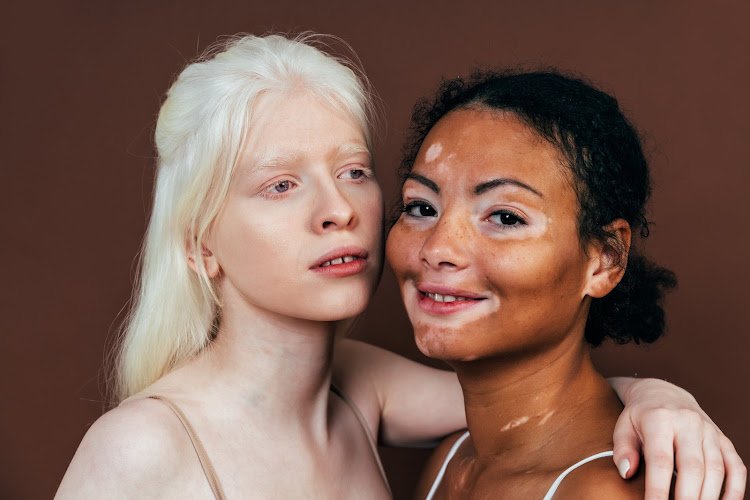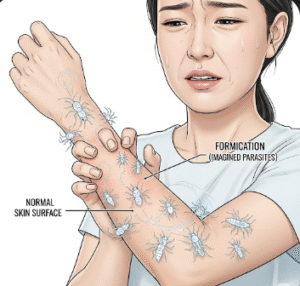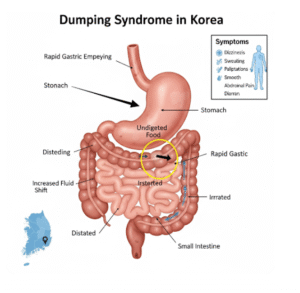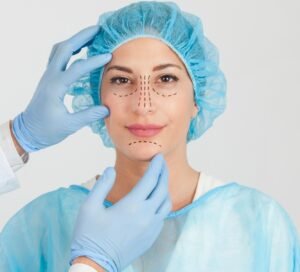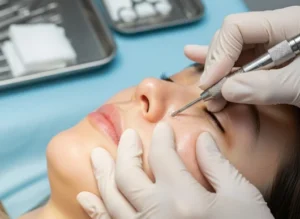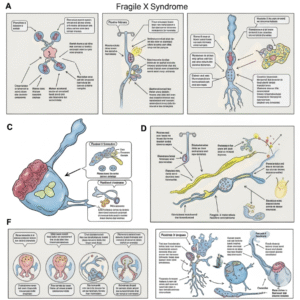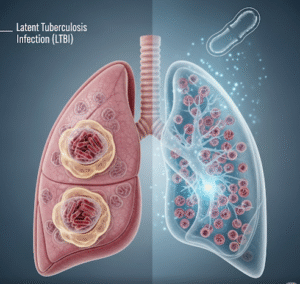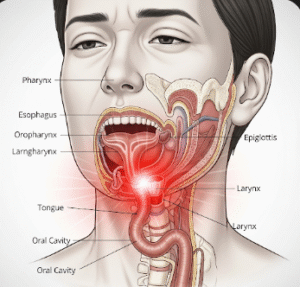Overview
Albinism is a group of rare genetic disorders characterized by a lack of melanin, the pigment responsible for coloring the skin, hair, and eyes. It affects people of all ethnic backgrounds and leads to very light skin and hair along with vision problems. Although albinism doesn’t affect intelligence or lifespan, people with the condition are more prone to sun damage and certain eye complications.
What is Albinism?
Albinism is a congenital disorder caused by mutations in one of several genes responsible for the production and distribution of melanin. The most common types include:
- Oculocutaneous Albinism (OCA): Affects the eyes, skin, and hair.
- Ocular Albinism (OA): Primarily affects the eyes, with less or no changes to skin and hair.
Melanin plays a key role in eye development, so lack of it often causes significant vision issues in individuals with albinism.
Symptoms
Symptoms vary by type but commonly include:
- Pale skin, white or light blond hair
- Light-colored eyes (blue, gray, or hazel)
- Poor visual acuity (blurred vision)
- Nystagmus (involuntary eye movements)
- Photophobia (sensitivity to light)
- Strabismus (crossed eyes)
- Lack of pigmentation in the iris and retina
Causes
Albinism is caused by inherited genetic mutations that affect melanin production. These mutations occur in genes such as:
- TYR (most commonly mutated in OCA)
- OCA2
- TYRP1
- SLC45A2
- GPR143 (in ocular albinism)
The condition is typically inherited in an autosomal recessive manner, meaning both parents must carry the mutated gene.
Risk Factors
- Family History: Having parents who are carriers of albinism increases risk.
- Ethnicity: While albinism affects all races, certain types are more prevalent in specific populations (e.g., OCA2 is more common in sub-Saharan Africa).
- Genetic Consanguinity: Marriages between closely related individuals increase the risk of inherited disorders.
Complications
People with albinism are at risk for:
- Vision Problems: Including legal blindness, which may not be correctable with glasses.
- Sunburns and Skin Cancer: Due to lack of melanin protection.
- Social and Psychological Challenges: Stigmatization, discrimination, and isolation, especially in regions where myths about albinism persist.
- Low Self-Esteem: Especially in children, due to appearance and visual impairment.
Prevention
Albinism cannot be prevented if the genetic mutation is inherited, but early diagnosis and support can minimize complications:
- Genetic Counseling: For parents with a family history of albinism.
- Prenatal Testing: Can detect albinism in some cases if genetic mutations are known.
- Education and Awareness: Reducing stigma through community education.
Treatment Options Korea
1. Vision Assessment and Eye Care
- Regular eye examinations by pediatric or neuro-ophthalmologists
- Management of:
- Nystagmus
- Photophobia
- Foveal hypoplasia
- Prescription glasses or low-vision aids provided to improve functional vision
- Tinted lenses or photochromic lenses to reduce light sensitivity
2. Skin Protection and Dermatologic Care
- Strict sun protection due to high UV sensitivity
- Use of:
- Broad-spectrum sunscreen (SPF 50+)
- UV-protective clothing, hats, and sunglasses
- Regular skin checks by dermatologists to monitor for precancerous lesions or skin cancer
3. Educational and Social Support
- Vision-related learning accommodations in schools (e.g., large print, magnifiers, special seating)
- Coordination with special education services if needed
- Counseling to support self-esteem and social integration
4. Genetic Counseling
- Albinism is genetically inherited (usually autosomal recessive)
- Genetic counseling offered through Korean university hospitals for affected families
- Prenatal screening or family testing available in select cases
5. Public Awareness and Support Groups
- Advocacy for equal access to education and employment
- Korean rare disease support centers and online communities may offer resources
- Social programs to reduce stigma and discrimination

